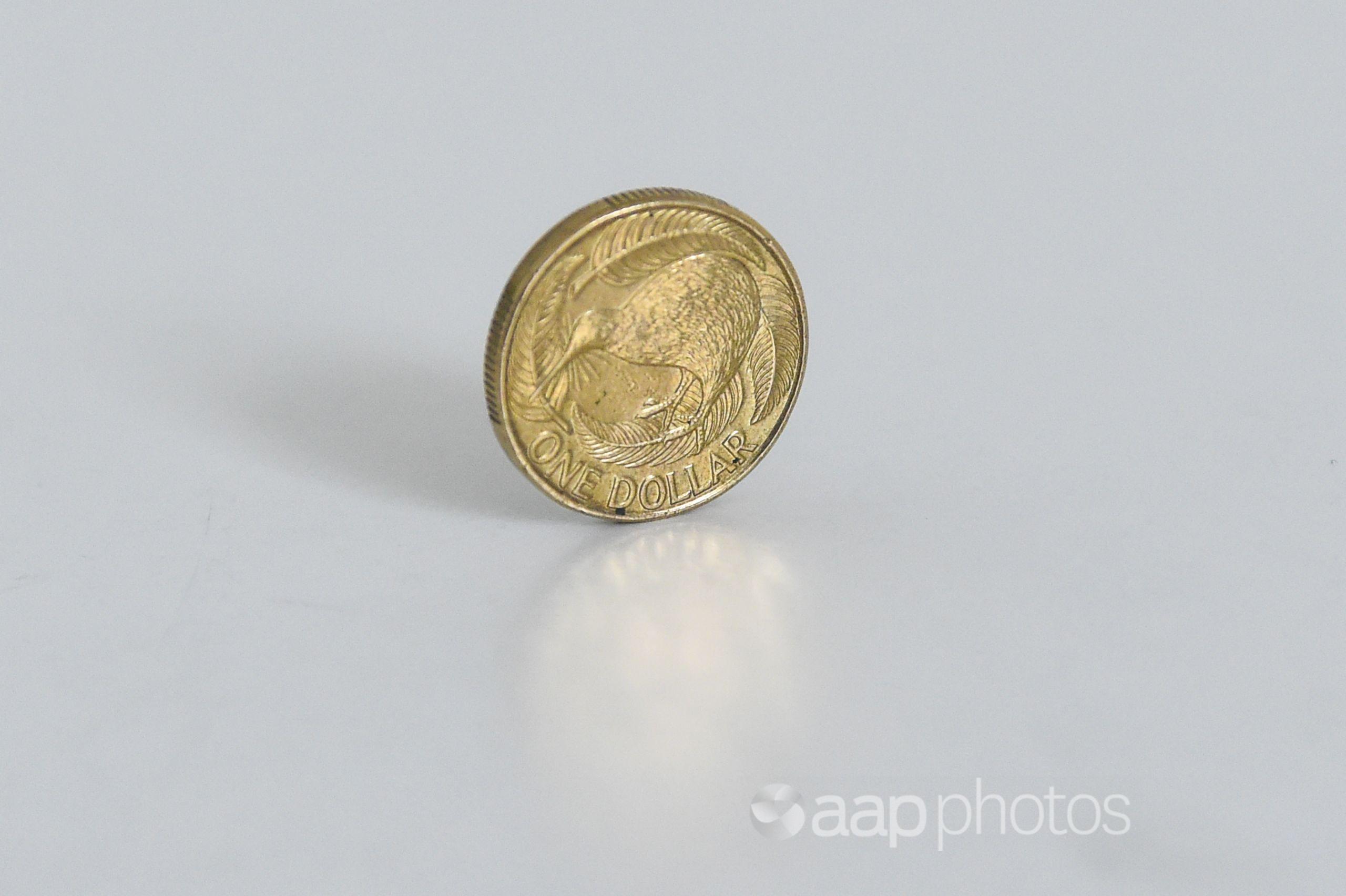AAP FactCheck Investigation: Is New Zealand the highest-taxed country in the Pacific Rim?
The Statement
“We are already the highest taxed country on the Pacific Rim. Not just higher taxed than Singapore, but higher than Korea, Japan, Canada, Australia, the US, Vietnam.”
David Seymour, ACT Party leader, June 12, 2020.
The Analysis
As the New Zealand government undertakes what’s been described as the single biggest spending package in the country’s history, public debt is forecast to reach record levels.
Figures released by Treasury for this year’s budget in May show New Zealand’s net core Crown debt is forecast to reach $NZ200.8 billion by 2024 (Table 5), reaching 53.6 per cent of gross domestic product (GDP). The government said the debt was to fund a $50b package to assist the country’s economic recovery from the COVID-19 pandemic. However the scale of spending has sparked political debate about how the government will pay the debt down.
When ACT Party leader David Seymour appeared on Q+A with Jack Tame on TVNZ1 on July 12, he said the government needed to reduce spending to pay back debt as New Zealand was already heavily taxed.
“There are three options,” Mr Seymour said. “You either increase taxes, reduce spending or grow the economy faster.
“We are already the highest-taxed country on the Pacific Rim. Not just higher taxed than Singapore, but higher than Korea, Japan, Canada, Australia, the US, Vietnam. So you’ve got to start reducing expenditure.”
AAP FactCheck examined Mr Seymour’s claim that New Zealand was the highest-taxed country in the Pacific Rim.
When contacted about the statement, the Act Party referred AAP FactCheck to a 2019 report released by the Organisation for Economic Cooperation and Develop (OECD), a forum of 37 developed countries. The annual Revenue Statistics in Asian and Pacific Economies report publishes comparable tax revenue figures for 17 countries in the region: Australia, Cook Islands, Fiji, Indonesia, Japan, Kazakhstan, Korea, Malaysia, New Zealand, Papua New Guinea, the Philippines, Samoa, Singapore, the Solomon Islands, Thailand, Tokelau and Vanuatu.
The report compares countries using a measure called a tax-to-GDP ratio, which expresses a country’s tax revenue as a percentage of its Gross Domestic Product.
Using figures from 2017, the report finds New Zealand had the highest tax-to-GDP ratio of the 17 countries analysed (page 3), with a ratio of 32.0 per cent. However, the report does not include figures for Canada and the United States, which Mr Seymour identified in his statement on Q+A.
Another report, showing comprehensive tax revenue data from the OECD, shows that Canada’s tax-to-GDP ratio was slightly higher than New Zealand’s in both 2017 and 2018. Canada’s tax-to-GDP ratio for 2017 and 2018 was 32.81 and 32.99 per cent respectively, while New Zealand’s ratio was 32.08 per cent in 2017 and 32.69 per cent in 2018. The US’s figure was lower, at 26.78 per cent in 2017 and at 24.3 per cent in 2018.
The Cambridge Dictionary defines the Pacific Rim as “the countries on the edge of the Pacific Ocean such as Japan, Australia, and the west coast of the US”.
AAP FactCheck was unable to find comparable data for China, Russia, Vietnam, North Korea and a number of smaller Pacific Island nations. International financial institutions the World Bank and the International Monetary Fund (IMF) also collate tax-to-GDP ratio figures for a number of countries. The IMF has figures for 24 countries in the Pacific Rim for 2017 and shows New Zealand has the highest tax-to-GDP ratio of the countries, at 31.98 per cent. Canada is ranked second highest, with a ratio of 27.63 per cent. The World Bank lists New Zealand as having the third highest tax-to-GDP ratio in the Pacific Rim. Using 2019 figures, it puts New Zealand’s tax-to-GDP ratio at 29.0 per cent, behind that of Nauru (30.5 per cent) and the Solomon Islands (29.5 per cent). Canada’s tax-to-GDP ratio is listed as just 12.9 per cent.
University of Otago senior economics lecturer and Treasury advisor Dr Andrew Coleman told AAP FactCheck via email that the OECD generally had the most comprehensive and comparable figures on tax revenue and was commonly cited in academic literature. However he said the data was not perfect due to differences in how countries define taxes and levies.
AAP FactCheck asked the Act Party about the difference between tax rates according to the OECD and Mr Seymour’s statement. An Act Party spokesman said Mr Seymour was referring to the Asia-Pacific region and not the ‘Pacific Rim’ nations. This is at odds with Mr Seymour’s statement on Q+A, which specifically named Canada, the United States and the Pacific Rim.
So does New Zealand pay more tax than any country in the Asia-Pacific? It depends on how the Asia-Pacific is defined.
AAP FactCheck was unable to find a clear and consistent definition of the region. Different organisations include different countries when referring to the Asia-Pacific. The OECD uses different sets of countries in its reports on the region – typically it does not include countries in the Americas but sometimes does not include New Zealand and Australia either.
Other international institutions also use quite different definitions.
The United Nations includes a regional group called the Asia-Pacific Group, however this does not include New Zealand or Australia, which are in the “Western European and Others Group”. The UN’s Economic and Social Commission for the Asia Pacific does include the two countries but not the Americas. The Asia-Pacific Economic Cooperation group (APEC), a regional economic forum, has 21 members, including Canada and other countries in the Americas. The World Bank groups 36 countries into an East Asia and the Pacific region, which includes Pacific Islands and South East Asian countries, but not the Americas. Under this definition, New Zealand may have the highest tax-to-GDP ratio, based on OECD figures.

The Verdict
Based on the evidence, AAP FactCheck found Mr Seymour’s statement that New Zealand paid the highest tax in the Pacific Rim is largely not support by data, and not by data advanced by the Act Party to support the statement. Available OECD data shows that Canada had a slightly higher tax-to-GDP ratio than New Zealand based on the most recent and comparable figures available. Regarding the Act Party spokesperson’s subsequent statement that the claim applied to the Asia-Pacific, New Zealand may have the highest tax-to-GDP ratio in the Asia-Pacific region if it is defined as excluding the Americas, although comparable figures for some countries in the region are not available.
It is noted, though, that International Monetary Fund data shows New Zealand with the highest tax-to-GDP ratio in the Asia-Pacific and Pacific Rim, however the data for Canada does not seem to be directly comparable.
Somewhat False – Mostly false, but there is more than one element of truth.
* AAP FactCheck is accredited by the Poynter Institute’s International Fact-Checking Network, which promotes best practice through a stringent and transparent Code of Principles. https://aap.com.au/
All information, text and images included on the AAP Websites is for personal use only and may not be re-written, copied, re-sold or re-distributed, framed, linked, shared onto social media or otherwise used whether for compensation of any kind or not, unless you have the prior written permission of AAP. For more information, please refer to our standard terms and conditions.

















